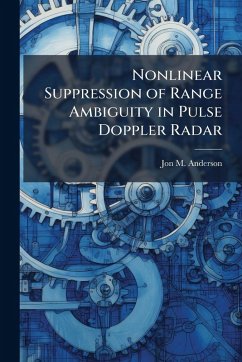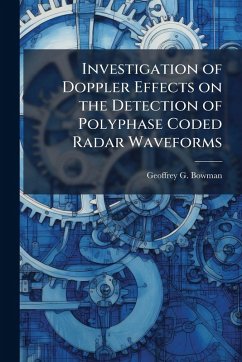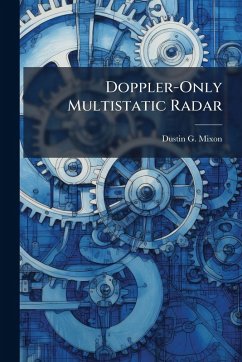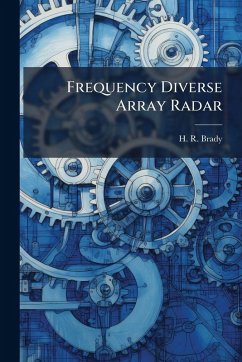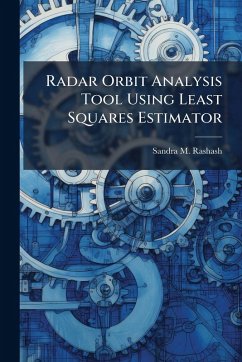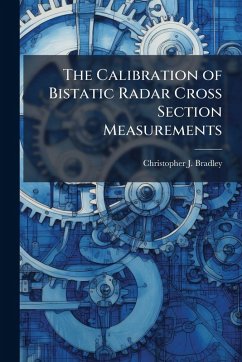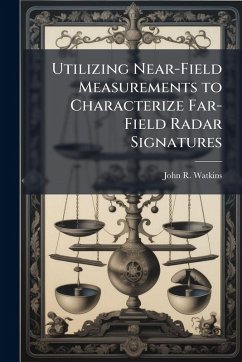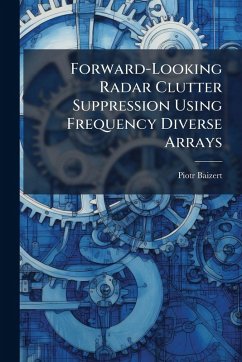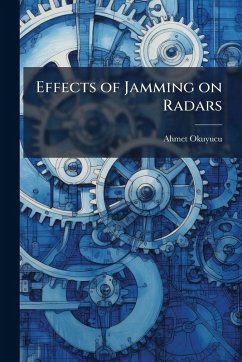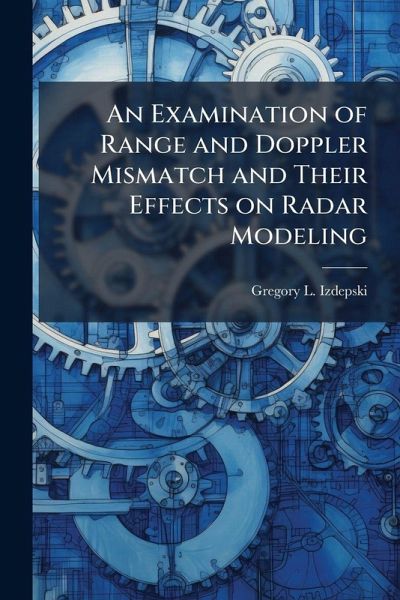
An Examination of Range and Doppler Mismatch and Their Effects on Radar Modeling
Versandkostenfrei!
Versandfertig in über 4 Wochen
17,99 €
inkl. MwSt.
Weitere Ausgaben:

PAYBACK Punkte
9 °P sammeln!
A commonly accepted airborne phased array radar model simplifies the analytical derivation by assuming a waveform is perfectly matched in range and Doppler shift. This assumption means the matched lter output is e ectively constant for all possible received scatterer Doppler and range mismatches, greatly simplifying the analytical development from that point forward. This research removes the matched Doppler and range assumption and examines the e ects of several common waveforms on the model's delity along with the associated impact on radar performance, both non-adaptive and adaptive. Analys...
A commonly accepted airborne phased array radar model simplifies the analytical derivation by assuming a waveform is perfectly matched in range and Doppler shift. This assumption means the matched lter output is e ectively constant for all possible received scatterer Doppler and range mismatches, greatly simplifying the analytical development from that point forward. This research removes the matched Doppler and range assumption and examines the e ects of several common waveforms on the model's delity along with the associated impact on radar performance, both non-adaptive and adaptive. Analysis is completed using power spectral density comparisons and the fully adaptive output signal to interference plus noise ratio comparison. Results indicate that the model's delity is impacted little by the Time Frequency Auto Correlation Function. However, change in bandwidth from the compressed waveforms does impact the model. Increased bandwidth introduces more thermal noise which dominates clutter returns. Therefore, the clutter problem becomes less di cult. The trade-o is a reduction in the resolution capability of the clutter spectrum. This work has been selected by scholars as being culturally important, and is part of the knowledge base of civilization as we know it. This work was reproduced from the original artifact, and remains as true to the original work as possible. Therefore, you will see the original copyright references, library stamps (as most of these works have been housed in our most important libraries around the world), and other notations in the work. This work is in the public domain in the United States of America, and possibly other nations. Within the United States, you may freely copy and distribute this work, as no entity (individual or corporate) has a copyright on the body of the work. As a reproduction of a historical artifact, this work may contain missing or blurred pages, poor pictures, errant marks, etc. Scholars believe, and we concur, that this work is important enough to be preserved, reproduced, and made generally available to the public. We appreciate your support of the preservation process, and thank you for being an important part of keeping this knowledge alive and relevant.



